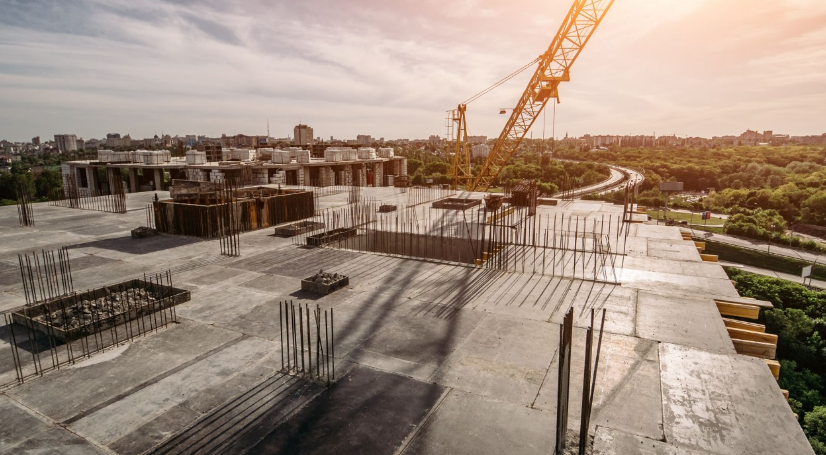Concrete is so ubiquitous in the urban environment that we barely ever stop and think about it. But where would we be without it? Concrete, after all, is the most used construction material in the world – in fact, it is the second most consumed material in the world, trailing only water.
Concrete literally shapes the way we live.
Concrete solutions have been used in construction for millennia. Some of the earliest known users include Nabatean traders in the Levant, who discovered the self-cementing properties of limestone and used it to build structures to help them thrive in the desert. Later it was used by ancient Egyptians and Romans, who used it extensively as they built their empires. Since then, it has been used in one form or another to build roads, housing, infrastructure and civil works right up to this day, with no other construction material poised to take its place any time soon.
Concrete’s many developments have impacted the ways we live and the way our societies are built. The Romans realized if you mixed it with volcanic ash, you could set it under water and build aqueducts to bring water from faraway sources to hydrate populations and irrigate crops. In more modern times reinforced concrete has built the famous skylines of modern metropolises such as New York, Beijing, Sydney and others.
Concrete is also big money. It is predicted that by 2025, the ready-mix industry will exceed $600 billion worldwide. With housing shortages in many countries around the world a large part of this is setting up the infrastructure needed to build neighborhoods, communities and dwellings. Concrete builds roads, freshwater pipes, wastewater solutions, communication infrastructure, housing foundations, walls for buildings and much more.
For the most part, concrete is produced in plants where it is made in a time-sensitive process by combining water, cement, aggregate and additives. Once these core ingredients are mixed, the concrete must be transported and put into place before it hardens. There are several methods to delay the hardening of concrete – and this is where ready-mix trucks come in to play.
Ready-mix trucks maintain concrete’s liquid state primarily by agitation – or the turning of the drum. A spiral blade is fitted into the inside of the drum that keeps the mix moving as the drum rotates. Water can also be added to the mix to maintain accurate levels of viscosity.
Sensor technologies have been developed that measure drum rotations and water-add levels on the truck. These give operators a level of quality control and insight into how much time they have to get the concrete out of the truck, through a concrete pump, and to its destination in the best possible state.
The EROAD Construction Solution is part of a long line of concrete innovations, incorporating IoT technology and sensors to ensure that ready-mix contractors can efficiently deliver the perfect pour every time.
EROAD’s solutions help businesses grow by providing highly contextualized data across driver, asset, and load performance. Delivering robust visibility and helping to translate data into actionable insights, our solutions empower organizations in the transportation, cold chain, construction, and waste & recycling segments to transform their operations. EROAD’s hardware and connectivity set the standard for accuracy and reliability, helping customers significantly improve fleet efficiency and productivity.


